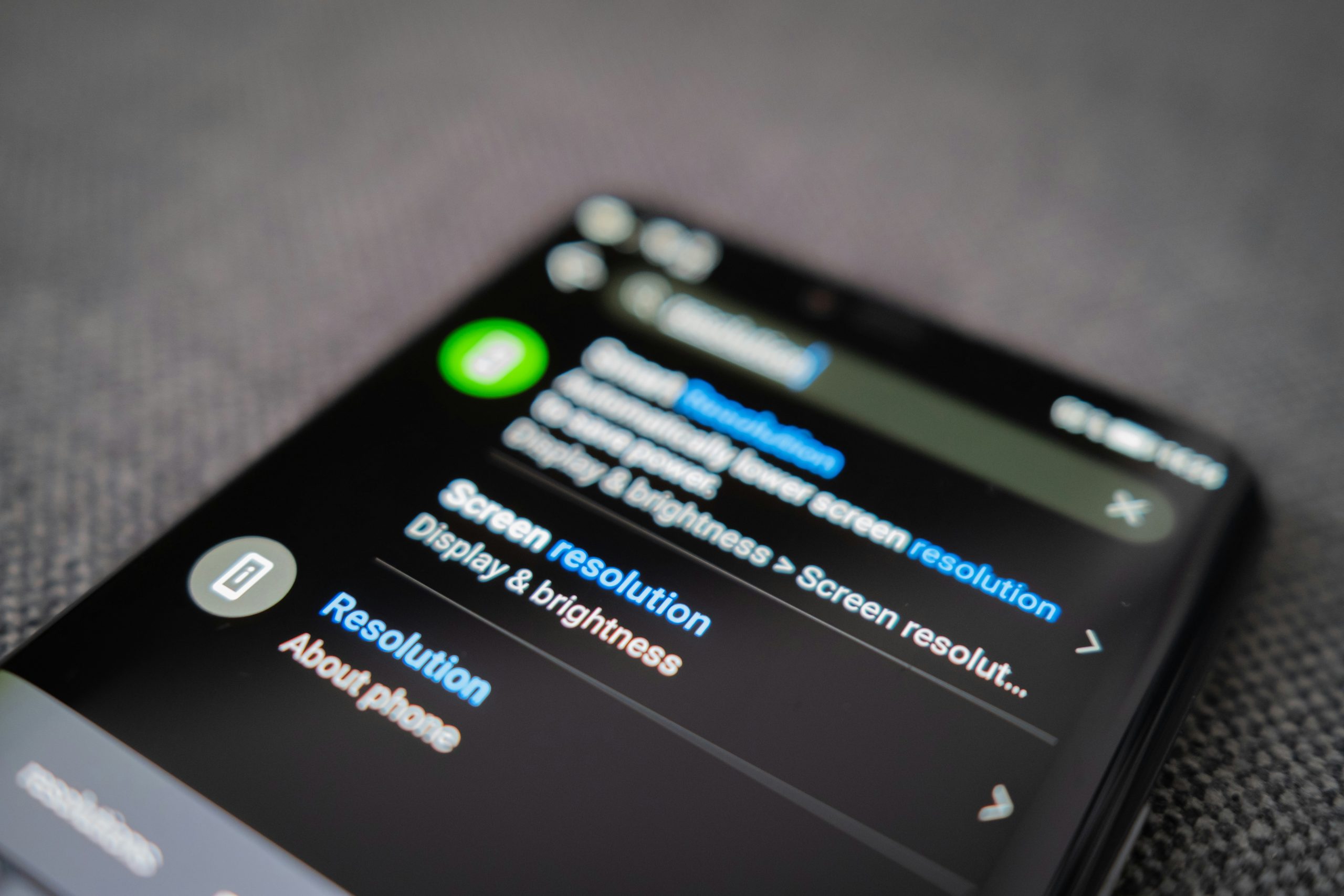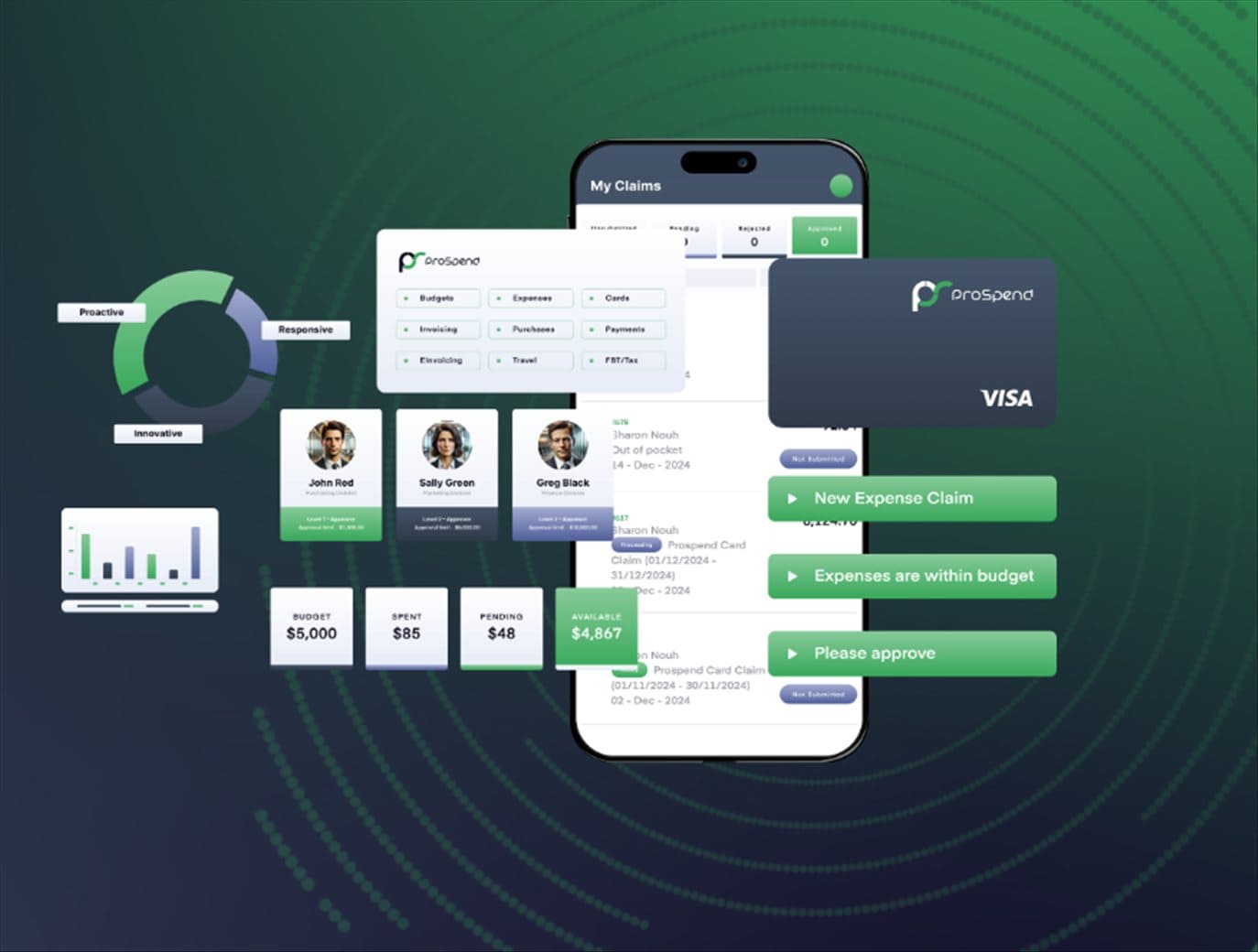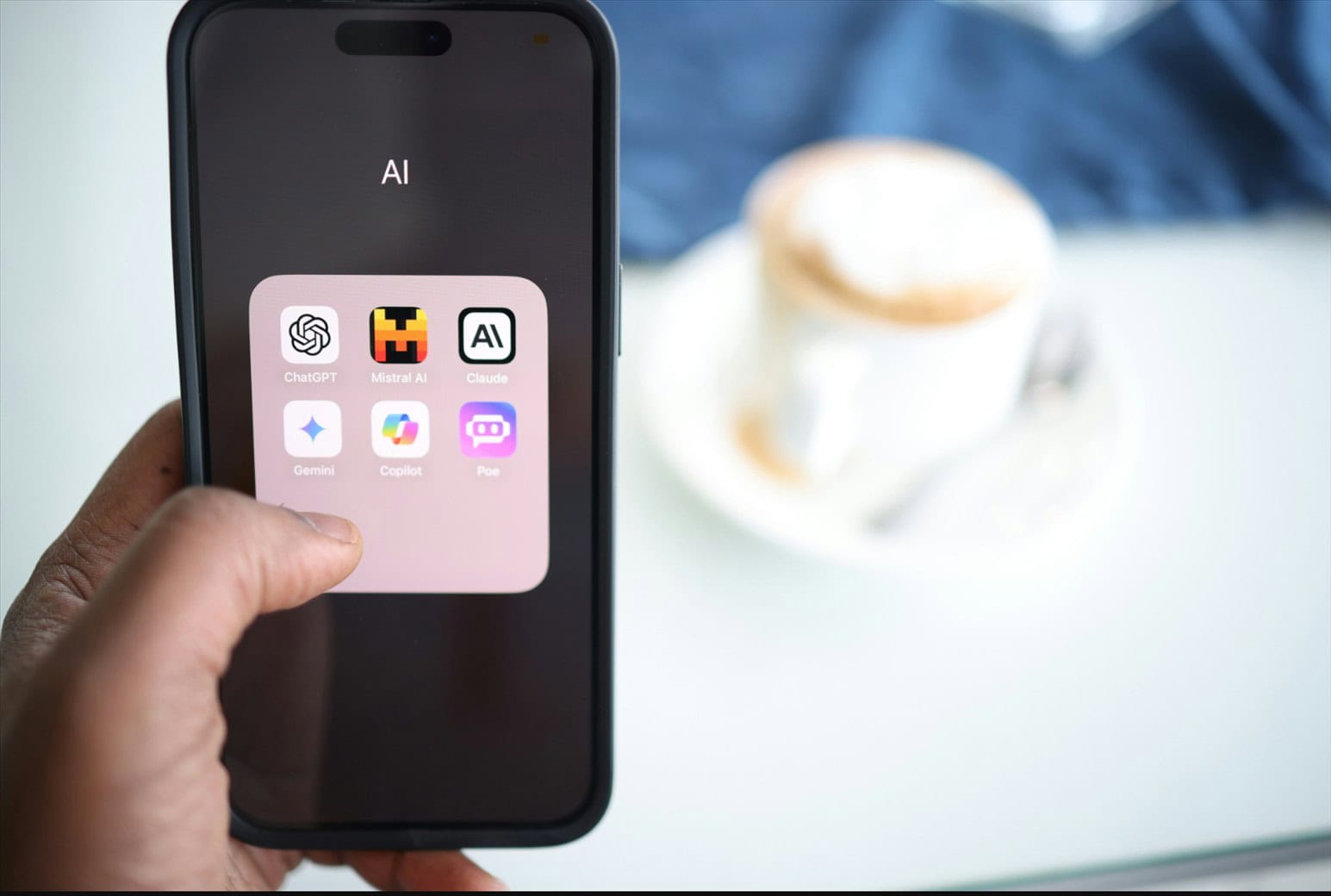
In an age where users are constantly bombarded with information, capturing attention has become one of the greatest challenges for businesses. From emails to social media and in-app messaging, brands are exploring every possible channel to reach their audience. Yet, as user fatigue grows, traditional communication tools are starting to lose their effectiveness.
Push notifications have emerged as one of the most powerful ways to connect with users in real time. These short, dynamic alerts, whether sent via mobile apps or web browsers, enable businesses to cut through the noise and deliver relevant, time-sensitive content directly to a user’s screen. But what makes push notifications so impactful is not just their immediacy—it’s how they fit seamlessly into the user experience.
By giving users the choice to opt in and by tailoring messages to user behavior, push notifications strike a balance between relevance and convenience. They’re more than just marketing tools; they’re digital assistants, reminding users of important updates, encouraging action, or simply delivering value.
A Look Back: From Email Blasts to Personalized Alerts
Just a few years ago, businesses relied heavily on mass emails, SMS campaigns, and traditional advertising to reach customers. These methods worked—at first. But as inboxes filled and banner blindness set in, user engagement dropped. People became selective, and attention became scarce.
The evolution of mobile devices, smart browsers, and app ecosystems brought a new opportunity: real-time alerts that users could see immediately, without opening an app or inbox. These messages could be personalized, behavior-based, and delivered exactly when needed.
Push notifications represent a dramatic shift from “wait and hope” communication to proactive outreach. They allow brands to meet users where they are—on their devices, in the moment—and with content that actually matters.
The Psychology Behind the Click
To understand why push notifications are so effective, we need to look at human behavior. People are driven by immediacy, relevance, and curiosity. When a notification appears, it interrupts the user’s current flow—but if crafted correctly, it doesn’t feel intrusive. It feels helpful.
Think about a weather app warning of an incoming storm, a food delivery app telling you your order is on the way, or a language app congratulating you on a learning streak. These messages are timely, personal, and often appreciated.
The Strategic Role of Notifications Push
By the time we reach the fifth paragraph of this discussion, it’s clear that notifications push are not just a nice-to-have feature—they’re a strategic asset in digital engagement. They bridge the gap between passive content consumption and active user interaction. Whether it’s nudging a user to complete a purchase, return to an app, or simply re-engage with a brand, push notifications offer businesses a low-friction, high-impact communication tool.
Unlike emails that can sit unread for days or social posts that vanish in seconds, push notifications are immediate. They pop up directly on the device, grabbing the user’s attention and prompting action. Moreover, because users choose to receive them, these alerts are more likely to be welcomed—especially when the content is useful and well-timed.
Key Benefits of Push Notifications
- Instant Reach: Whether on mobile or desktop, push messages are seen almost immediately.
- Higher Engagement: Click-through rates for push notifications often surpass those of emails and ads.
- User Retention: Timely nudges help bring users back to apps or sites they might otherwise abandon.
- Personalization: Messages can be tailored based on behavior, preferences, or location.
- Automation: With the right setup, entire notification flows can be triggered based on user actions.
Use Cases Across Industries
Push notifications are versatile and can be applied to nearly any business model:
- E-commerce: Alert users to flash sales, restocked items, or order confirmations.
- News & Media: Share breaking news, trending stories, or personalized content updates.
- Finance: Notify users of account activity, payment reminders, or security alerts.
- Education: Remind learners of deadlines, upcoming courses, or achievement milestones.
- Healthcare: Send appointment reminders, prescription alerts, or wellness tips.
Avoiding the Pitfalls
Despite their power, push notifications can be a double-edged sword. Overusing them—or sending irrelevant content—can backfire. Users may disable notifications, uninstall your app, or develop negative perceptions of your brand.
To avoid this, follow best practices:
- Keep It Relevant: Use segmentation to tailor messages to each user.
- Be Timely: Send notifications when they’re most likely to be seen and acted on.
- Don’t Overwhelm: Limit frequency to avoid fatigue.
- Provide Clear Value: Every message should benefit the user, not just the business.
- Respect Privacy: Be transparent about data usage and offer easy opt-outs.
The Future of Push Communication
The next generation of push notifications will be smarter, more contextual, and more interactive. AI and machine learning will allow brands to predict user behavior and deliver messages before the user even realizes they need them.
Interactive elements—like buttons, replies, and embedded media—will make notifications more than just alerts. They’ll become mini experiences that allow users to take action without opening an app or browser.
As wearables, IoT devices, and new channels emerge, push technology will evolve beyond phones and laptops—reaching users in even more personalized and context-rich environments.
Conclusion
In the digital age, staying connected with users requires more than just visibility—it requires relevance, timing, and trust. Notifications push deliver on all three. When used strategically, they offer a direct, personal, and effective way to enhance user engagement and retention.
But like any powerful tool, they must be used wisely. Businesses that prioritize the user experience, respect boundaries, and deliver genuine value will find that push notifications don’t just communicate—they build lasting connections.






